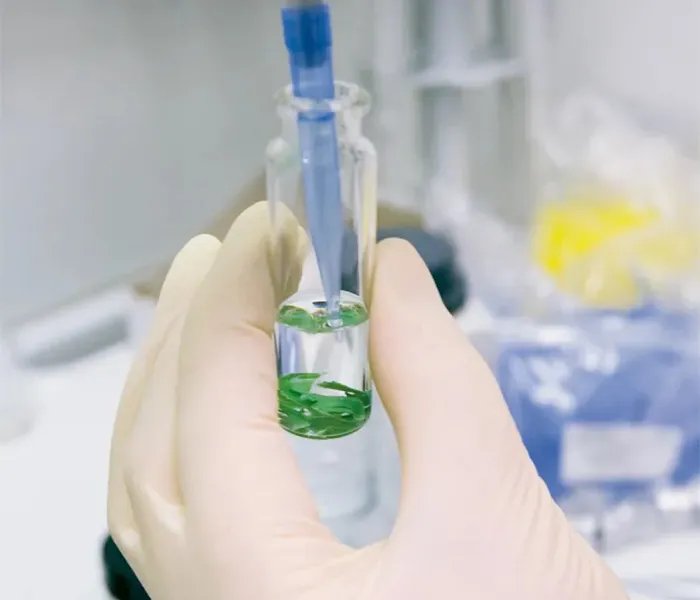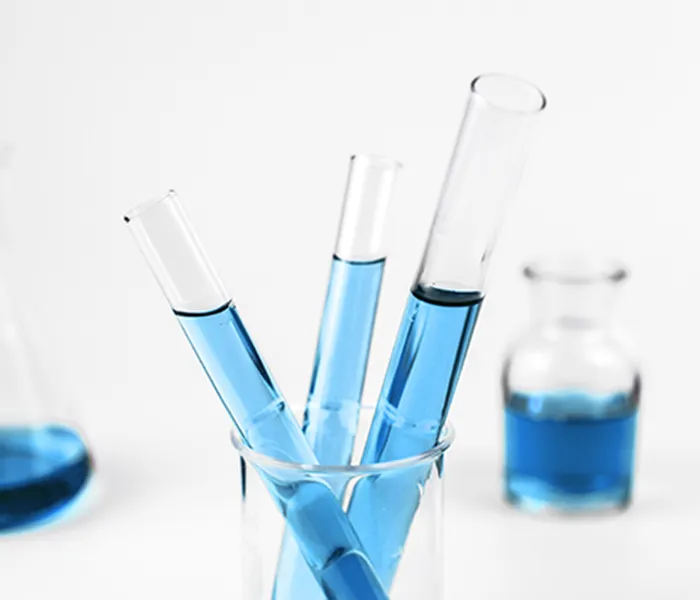Органические силаны привлекли значительное внимание в различных областях, включая материаловедение, химию и нанотехнологии, благодаря своим уникальным свойствам и универсальному применению. Одной из важнейших реакций с участием органических силанов является реакция связывания, которая играет решающую роль в повышении производительности и совместимости материалов. В этой статье мы рассмотрим фундаментальные аспекты реакций связывания органических силанов, их механизмы и их практическое применение.
Что такое органические силаны?
Органические силаны являются соединениями, которые содержат атомы кремния, связанные с органическими группами. Они обычно состоят из атома кремния, связанного с одной или несколькими алкильными или арильными группами, и могут иметь различные функциональные группы, такие как амино, эпоксидные или винильные группы. Эти соединения широко используются в качестве связующих агентов, клеев и модификаторов поверхности благодаря их способности взаимодействовать как с органическими, так и с неорганическими материалами.
Важность реакций сочетания
Реакции связывания жизненно важны для создания химических связей между различными типами материалов, особенно в полимерной науке и поверхностной химии. Способствуя сильному межфазному связыванию, эти реакции улучшают механические, термические и химические свойства композитов и покрытий. Например, при производстве стеклопластиков органические силаны могут усиливать адгезию между стекловолокном и полимерной матрицей, что приводит к улучшению эксплуатационных характеристик.
Механизм реакций сочетания
Реакция связывания органических силанов обычно включает две основные стадии: гидролиз и конденсацию.
1. Гидролиз: В присутствии влаги связи кремний-кислород в силанах могут подвергаться гидролизу, что приводит к образованию силанольных (Si-OH) групп. Этот этап имеет решающее значение, поскольку он активирует силан и подготавливает его к дальнейшим реакциям. Скорость гидролиза может зависеть от таких факторов, как pH, температура и присутствие катализаторов.
2.Конденсация: После гидролиза силанольные группы могут конденсироваться с другими силанольными группами или с гидроксильными группами, присутствующими на поверхностях, что приводит к образованию силоксановых (Si-O-Si) связей. Эта реакция приводит к сшивке силанов, эффективно создавая сеть, которая усиливает адгезию и долговечность.
Факторы, влияющие на реакции сочетания
На эффективность реакций сочетания с участием органических силанов могут влиять несколько факторов:
- Концентрация силана: Количество используемого силана может существенно влиять на степень реакции связывания. Оптимальные концентрации должны быть определены для достижения желаемого связывания без избытка силана, который может остаться непрореагировавшим.
- Условия реакции: Температура и влажность играют решающую роль в стадиях гидролиза и конденсации. Более высокая влажность обычно способствует гидролизу, в то время как более высокие температуры могут ускорить конденсацию.
- Тип силана: Различные силаны имеют различную реактивность в зависимости от их функциональных групп. Например, аминофункционализированные силаны, как правило, хорошо связываются с различными субстратами из-за их способности образовывать водородные связи.
Применение реакций сочетания
Реакции сочетания органических силанов находят применение во многих отраслях промышленности:
1.Клеи и герметики: Оорганический силановая связь агенты широко используются для улучшения адгезии клеев и герметиков к таким поверхностям, как металлы, стекло и керамика.
2.Композитные материалы: При производстве композитных материалов силаны усиливают связь между волокнами и матричными смолами, что приводит к улучшению механических свойств.
3.Покрытия: Покрытия на основе силана обеспечивают отличную защиту от влаги и коррозии, что делает их идеальными для использования в автомобильной, морской и строительной отраслях.
4. Нанотехнологии: в нанокомпозитах силаны могут модифицировать поверхности наночастиц, улучшая их дисперсию в полимерных матрицах и улучшая общие свойства материала.
Заключение
Реакция связывания органических силанов является мощным инструментом в области материаловедения и химии. Понимая механизмы и факторы, которые влияют на эти реакции, исследователи и инженеры могут разрабатывать передовые материалы с улучшенными свойствами. По мере развития отраслей промышленности роль органических силанов в создании инновационных решений будет становиться все более значимой. Будь то разработка более прочных клеев, более долговечных композитов или защитных покрытий, потенциал реакций связывания силанов огромен и созрел для исследования.
Если вы ищете безопасный органосилан, КБР это ваш лучший выбор. Как известный производитель органосилана, KBR может предоставить вам безопасные продукты и надежные услуги. Добро пожаловать, свяжитесь с нами, чтобы узнать больше об органосилане!
Используя уникальные свойства органических силанов, мы можем открыть новые возможности в разработке материалов, что в конечном итоге приведет к повышению производительности и долговечности в различных областях применения.





